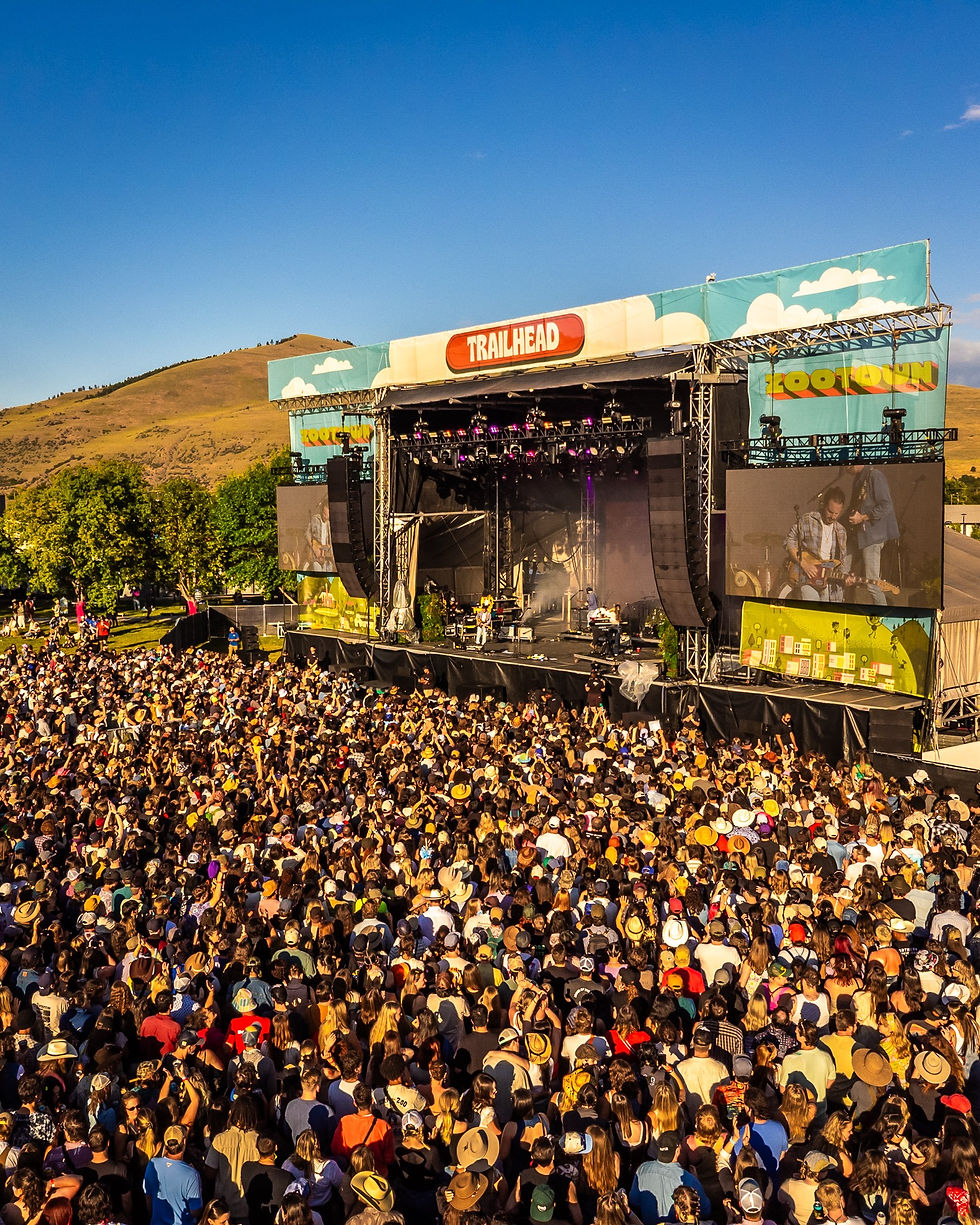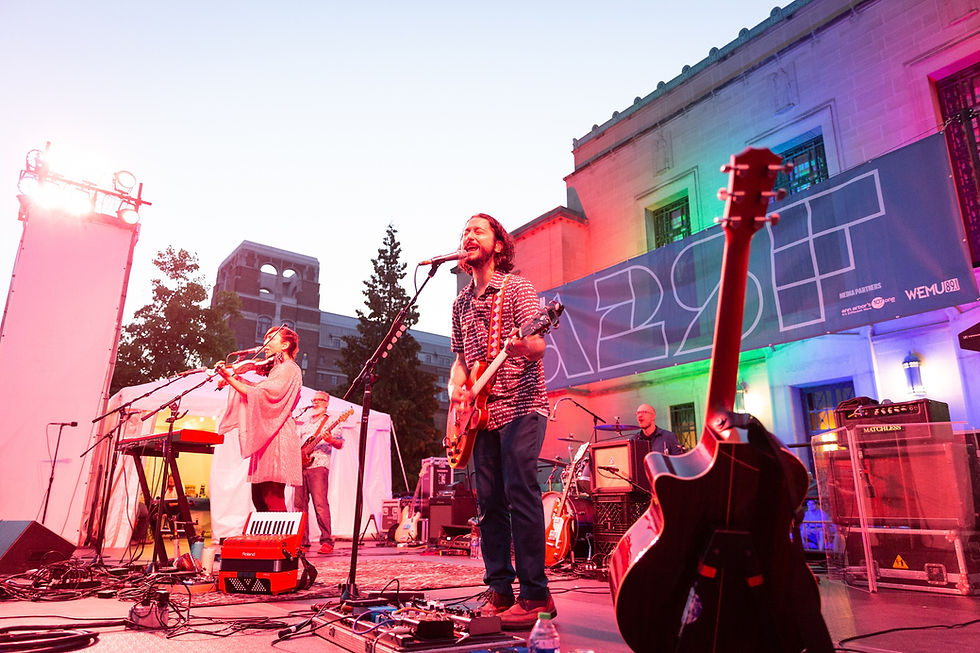Sedona Offers A View Into Sustainable Tourism
- Joey Amato

- Aug 14, 2020
- 3 min read
Updated: Aug 17, 2020

Sedona’s stunningly beautiful Red Rock formations, mild climate, abundant sunshine, clean air, small-town charm, and welcoming attitude draws nature lovers, artists and spiritual seekers from everywhere.
Situated at the mouth of spectacular Oak Creek Canyon, Sedona is, in the words of the Global Sustainable Tourism Council, “…equal or superior to many national parks.”
Conde Nast Traveler and New York Times rate Sedona as a top destination. Almost all of the three million annual visitors say they have an excellent experience and plan to return.
Sedona’s visitors are part of the lifestyle, contributing 77% of sales tax revenue and supporting approximately 10,000 local jobs. However, in recent years, Sedonans have grown concerned about the city being ‘loved to death’ due to increased traffic congestion, overcrowding and unease about environmental impacts.
As a result, thousands of caring Sedonans embraced sustainable tourism in an extraordinary 18-month community conversation in 2018-19. The city united behind a plan that balances a small-town quality of life, unique natural environment and bustling tourism economy.
Visitors and locals contributed through surveys, intercept interviews, public meetings, online forums, and focus groups. Input from nonprofits, US Forest Service managers, government officials and business leaders rounded out the collaborative process.
Coordinated by the Sedona Chamber of Commerce & Tourism Bureau, the Sedona City Council, the Arizona State University Center for Sustainable Tourism and the Nichols Tourism Group, the Plan was unanimously approved by the Sedona City Council in March 2019.
The Sedona Sustainable Tourism Plan identifies four pillars upon which they are building a balanced, sustainable future:
Environment
Resident Quality of Life
Quality of the Economy
Visitor Experience
Local residents are being held accountable for implementation by designating community groups, nonprofits and government agencies to meet the Plan’s objectives, timelines and performance metrics.
RESULTS
Despite the disruption of COVID-19, Sedona never stopped moving forward on their sustainability commitment.
Fly Friendly: In 2020, helicopter tours operators ceased overflights within Sedona’s city limits and over neighborhoods, sensitive prehistoric sites and resorts outside the city limits. The Fly Friendly agreement respects the contributions the tour companies make to their economy and the desire of visitors for a spectacular experience. It’s all about balance.
Transportation Improvements: In 2020, the City of Sedona completed Uptown traffic improvements, making vehicle and pedestrian flow more efficient, easing congestion, and contributing to the area’s aesthetic appeal. You will see a new southbound lane out of Oak Creek Canyon, roundabouts that eliminate U turns and give access to new off-street parking, and a median with locally designed artwork that prevents mid-block pedestrian crossing and left-hand turns. Like Fly Friendly, the Uptown Improvements address all four pillars of sustainability.
Sustainability Certification: Low water use, energy conservation, recycling and using local products are hallmarks of sustainable business operations. Dozens of Sedona-based businesses and government offices have achieved sustainability certification, as determined by the Sustainability Alliance.
Recycle by City: This popular website quizzes Sedonans on their recycling knowledge and provides a free one-page recycle guide to post on refrigerators and near blue barrels reached more than 1500 local consumers in its first 8 weeks. The program is a Chamber partnership with Recycle by City.
Governor’s Award: In 2019, the Sedona Sustainable Tourism Plan and the Chamber of Commerce & Tourism Bureau were honored with the Governor’s Award for Outstanding Arizona Cultural and Historic Preservation. The Award recognizes the year’s “most significant contribution to the cultural and historic preservation of the natural, cultural or aesthetic legacy of Arizona that inspires visitation to the state.”



